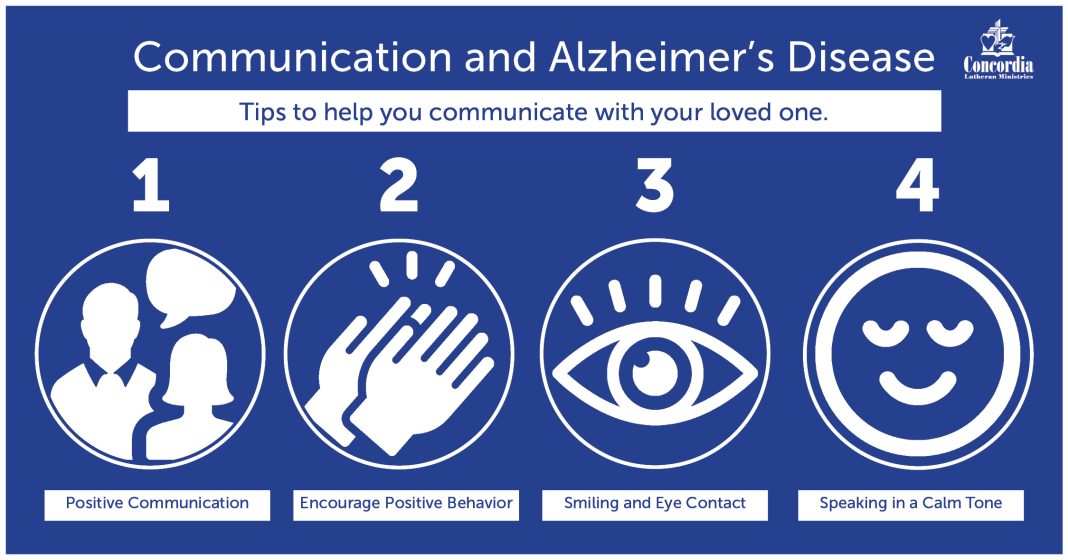 The latest data from the Labor Department indicates that the number of Americans filing for unemployment benefits has reached an 11-month high. This is a concerning sign of weakness in the labor market. Initial jobless claims rose by 14,000 to 249,000 for the week ending July 27, exceeding market expectations of 236,000. In fact, this is the highest level in nearly a year.
The latest data from the Labor Department indicates that the number of Americans filing for unemployment benefits has reached an 11-month high. This is a concerning sign of weakness in the labor market. Initial jobless claims rose by 14,000 to 249,000 for the week ending July 27, exceeding market expectations of 236,000. In fact, this is the highest level in nearly a year.
To get a clearer picture of the trend, it’s important to look at the four-week moving average, which smooths out weekly fluctuations. The moving average shows a consistent upward trend in jobless claims since the beginning of the year. Kathy Jones, chief fixed income strategist at Schwab, commented on the situation, stating, “More evidence of a slowdown in the labor market: initial jobless claims rose to the highest level since last August, while continuing claims continue to rise as well.”
Speaking of continuing claims, the number of Americans collecting unemployment benefits after filing an initial claim rose to 1.88 million for the week ending July 20. This is the highest level since November 27, 2021, when it stood at 1.89 million. These figures further highlight the challenges faced by unemployed individuals in finding new job opportunities.
The Institute for Supply Management (ISM) also released data indicating that U.S. manufacturing is entering a deeper recession. The employment gauge fell to 43.4 percent in July, a significant drop from 49.3 percent in August. This unexpected decline raises concerns about the overall health of the labor market.
Federal Reserve Chair Jerome Powell acknowledged the cooling labor market and stated that the central bank’s interest rate policy has contributed to this shift. Powell emphasized that labor-related supply and demand conditions are now in “better balance,” indicating that the labor market is solid but no longer tight. This balance is beneficial as it helps ease inflation and allows the central bank to consider rate cuts if necessary. Powell assured that the Fed is prepared to respond with rate cuts if unemployment were to spike unexpectedly.
While job gains have slowed, they remain relatively stable. Consensus estimates suggest that the U.S. economy created 175,000 new jobs in July, with the unemployment rate expected to remain steady at 4.1 percent. The Labor Department’s nonfarm payrolls report, set to be released on August 2, will provide a clearer picture of the employment situation.
Looking ahead, the Fed’s statement following its July 31 meeting acknowledged the uncertain economic outlook. Inflation remains somewhat elevated, job gains have moderated, and the unemployment rate has increased, albeit remaining historically low. Greg McBride, chief financial analyst at Bankrate, believes that the Fed’s remarks indicate a quarter-point rate cut at the next meeting in September. However, if the labor market weakens unexpectedly, a larger half-point cut could be on the table.
In conclusion, the latest data on jobless claims and employment trends highlight the challenges faced by the labor market. The rise in initial jobless claims and continuing claims, along with the decline in manufacturing employment, suggest a cooling labor market. The Federal Reserve is closely monitoring the situation and is prepared to respond with rate cuts if necessary. The upcoming nonfarm payrolls report will provide further insights into the state of the U.S. job market.


